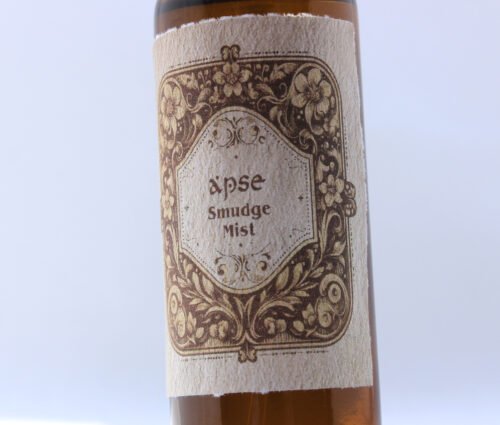
Palo Santo is thought to cure a multitude of ills
Exploring the Therapeutic Applications of Palo Santo (Bursera graveolens): A Comprehensive Review
Abstract: Palo santo, a revered botanical native to South America, particularly Peru and Ecuador, has been utilized for millennia due to its purported medicinal properties. This review examines the historical and contemporary applications of Palo Santo, delving into its diverse forms, potential therapeutic benefits, and responsible sourcing practices.
The therapeutic benefits
Palo santo, scientifically known as Bursera graveolens, has been revered for its therapeutic potential across various indigenous cultures for centuries. Derived from the Spanish term for “holy wood,” Palo Santo is renowned for its fragrant resin and has garnered attention for its alleged capacity to alleviate pain, inflammation, and stress. Despite its longstanding traditional usage, empirical evidence supporting its medicinal claims remains limited, underscoring the necessity for further investigation.
The uses of Palo Santo
The bark manifests in several forms, including wood, resin, and oil, each offering distinct therapeutic applications. The wood, sourced from the tree’s branches, can be procured as sticks, chips, or powder. Additionally, the aromatic resin, extracted from the wood, and the essential oil derived from both the wood and fruit, provide alternative modalities for therapeutic use.

Palo Santo must be ethically sourced
Purported Benefits
While it is purported to possess a myriad of medicinal benefits, empirical substantiation remains elusive. Alleged advantages include its ability to repel insects, mitigate pain, and ameliorate stress responses. Limonene, a predominant constituent of Palo Santo essential oil, has been implicated in its purported analgesic and anti-inflammatory properties, though conclusive evidence is lacking.
Utilization
The utilization of the wood varies depending on its form. Palo oil is commonly inhaled during aromatherapy sessions or applied topically for pain management, while the wood is traditionally burned as incense to disperse its aromatic compounds.














